Jupiter to reach opposition: Jupiter, Earth and Sun are almost aligned
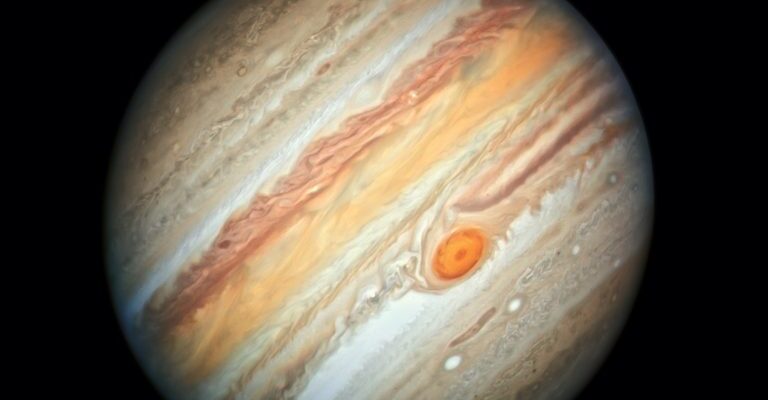
The Spectacle
Stargazers can expect excellent views of Jupiter[1] the entire night of Monday, Sept. 26 when the giant planet reaches opposition. From the viewpoint of Earth’s surface, opposition happens when an astronomical object rises in the east as the Sun sets in the west, placing the object and the Sun on opposite sides[2] of Earth.
Jupiter’s opposition occurs every 13 months, making the planet appear larger and brighter than any other time of the year. But that’s not all. Jupiter will also make its closest approach to Earth in the last 59 years. This happens because Earth and Jupiter do not orbit the Sun in perfect circles – meaning the planets will pass each other at different distances throughout the year. Jupiter’s closest approach to Earth rarely coincides with opposition, which means this year’s views will be extraordinary. At its closest approach, Jupiter will be approximately 367 million miles in distance from Earth, about the same distance it was in 1963. The massive planet is approximately 600 million miles away from Earth at its farthest point.

This photo of Jupiter, taken from the Hubble Space Telescope on June 27, 2019, features the Great Red Spot, a storm the size of Earth that has been raging for hundreds of years. Credits: NASA, ESA, A. Simon (Goddard Space Flight Center), and M.H. Wong (University of California, Berkeley)
Observation
“With good binoculars, the banding (at least the central band) and three or four of the Galilean satellites (moons) should be visible,” said Adam Kobelski, a research astrophysicist at NASA’s Marshall Space Flight Center in Huntsville, Alabama. “It’s important to remember that Galileo observed these moons with 17th century optics. One of the key needs will be a stable mount for whatever system you use.”
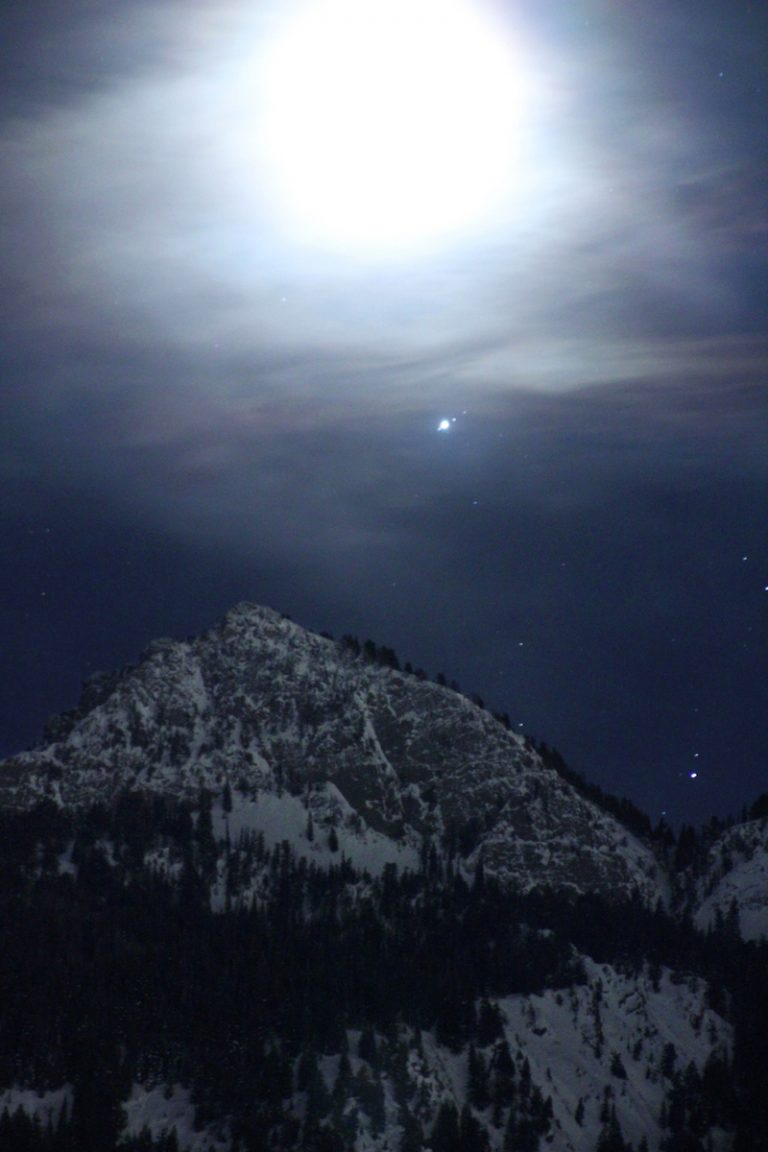
As the Moon rose over the Wasatch Mountains near Salt Lake City on Feb. 27, 2019, the planet Jupiter could be seen, along with three of its largest moons. Stargazers should have a similar view during Jupiter in Opposition on Monday, Sept. 26. Credits: NASA/Bill Dunford
Kobelski recommends a larger telescope to see Jupiter’s Great Red Spot and bands in more detail; a 4 inch-or-larger telescope and some filters in the green to blue range would enhance the visibility of these features.
According to Kobelski, an ideal viewing location will be at a high elevation in a dark and dry area.
“The views should be great for a few days before and after Sept. 26,” Kobelski said. “So, take advantage of good weather on either side of this date to take in the sight. Outside of the Moon, it should be one of the (if not the) brightest objects in the night sky.”
Jupiter
Jupiter has 53 named moons, but scientists believe that 79 moons have been detected in total. The four largest moons[3], Io, Europa, Ganymede, and Callisto, are called the Galilean satellites. They are named after the man who first observed them in 1610, Galileo Galilei. In binoculars or a telescope, the Galilean satellites should appear as bright dots on either side of Jupiter during opposition.
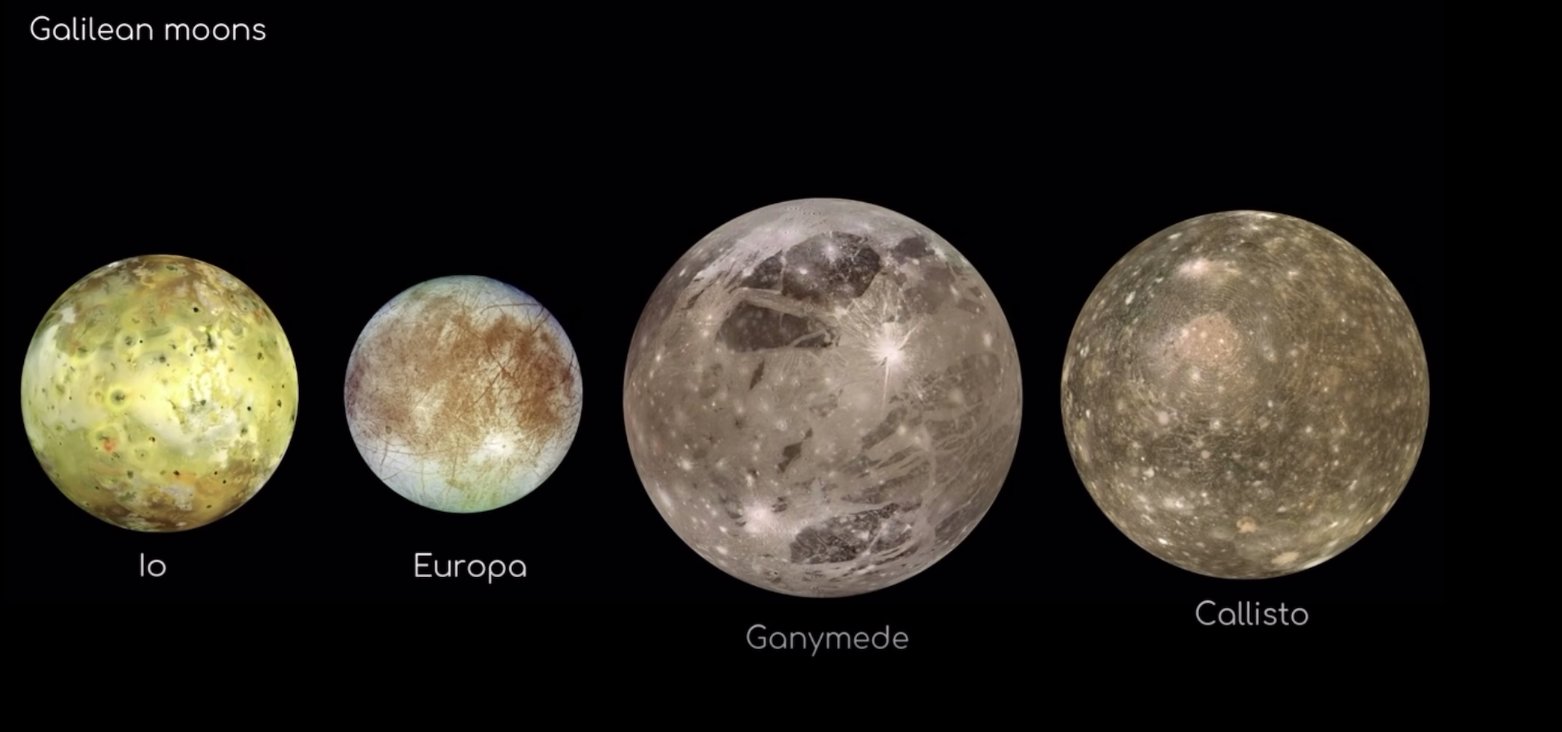
Io, Europa, Ganymede, and Callisto
Scientists believe studying Jupiter can lead to breakthrough discoveries about the formation of the solar system.
The Future
The next major project for Jupiter exploration is the Europa Clipper[4]. This spacecraft will explore Jupiter’s iconic moon, Europa, which is known for its icy shell and vast ocean that lies beneath its surface. NASA scientists aim to find whether Europa has conditions able to sustain life. Europa Clipper’s targeted launch is currently scheduled for no earlier than October 2024.

Europa
References:
[2]Editor’s Note : Jupiter opposition is when Jupiter, Earth, and the sun are nearly aligned, with Earth between the sun and Jupiter.
[3]In Depth | Jupiter Moons – NASA Solar System Exploration
[5]Jupiter to Reach Opposition, Closest Approach to Earth in 59 Years! – Watch the Skies (nasa.gov)


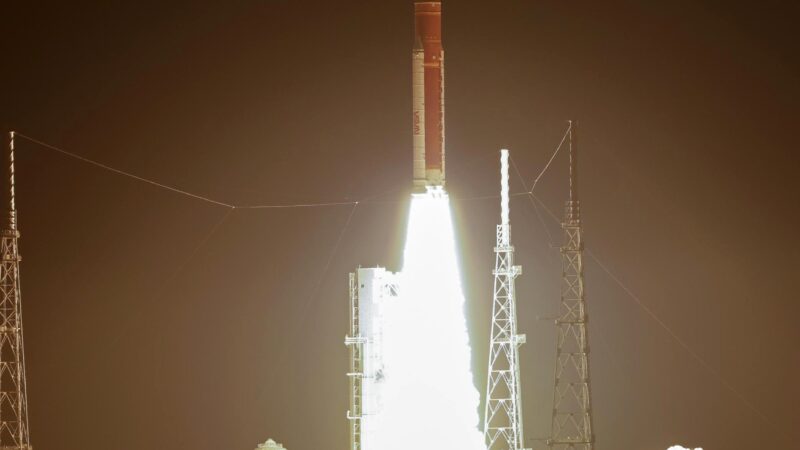

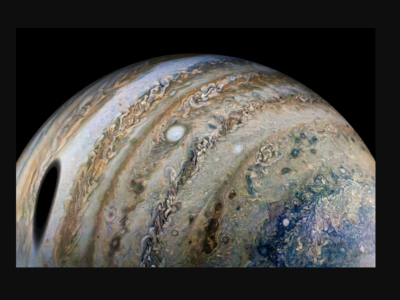
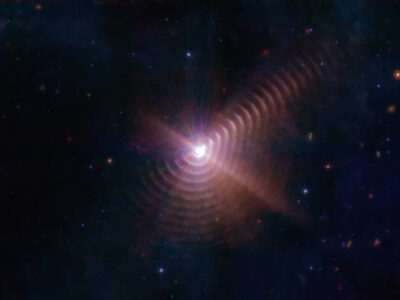
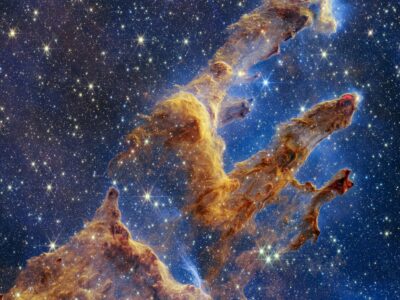




Expecting ! Too bad there are no binoculars